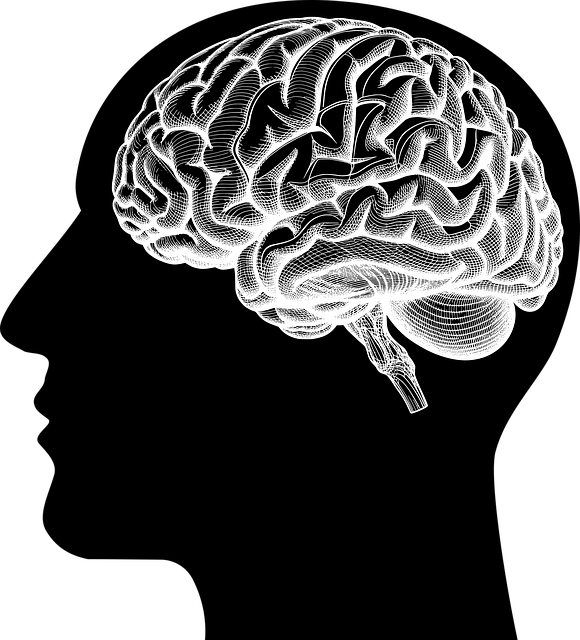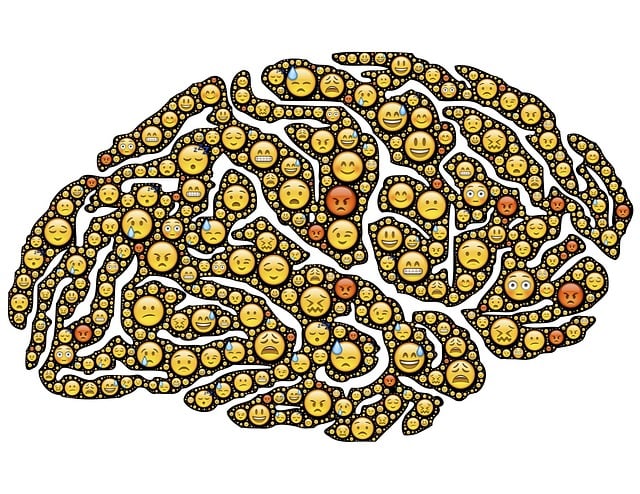Adolescent Teens Adjustment Disorder (ATAD) requires professional help due to its impact on daily life and relationships. Key interventions include self-care, culturally sensitive therapy, and stress management workshops. Effective crisis management involves immediate support, teaching burnout prevention, open communication, conflict resolution skills, and Cognitive Behavioral Therapy (CBT). Cultural sensitivity ensures tailored support, fostering healing, preventing co-morbidities, and building resilience in teens with ATAD. For specialized therapy options, consider mental healthcare services focusing on ATAD.
Adolescent teens often face challenges that can lead to adjustment disorders, impacting their overall well-being. This article provides a comprehensive guide to understanding and addressing these issues, focusing on Therapy for Adolescent Teens Adjustment Disorder. We’ll explore symptoms and causes, delving into effective crisis intervention strategies to support teens. Additionally, we examine therapeutic approaches designed to facilitate healing and recovery, offering valuable insights for professionals and caregivers navigating this complex landscape.
- Understanding Adolescent Teens Adjustment Disorder: Symptoms and Causes
- Crisis Intervention Strategies for Teen Support
- Therapeutic Approaches for Effective Healing and Recovery
Understanding Adolescent Teens Adjustment Disorder: Symptoms and Causes

Adolescent Teens Adjustment Disorder (ATAD) is a mental health condition that affects teenagers during their formative years. It’s characterized by persistent feelings of sadness, anxiety, or irritability that interfere with daily functioning and relationships. Symptoms can include severe mood swings, difficulty concentrating, changes in appetite and sleep patterns, withdrawal from social activities, and even thoughts of self-harm. ATAD isn’t simply a phase; it’s a serious disorder with underlying causes that require professional attention.
Several factors contribute to the development of ATAD, including significant life events like trauma, loss, or major transitions (e.g., changing schools or moving), genetic predisposition, brain chemistry imbalances, and environmental stressors. Self-care practices can play a crucial role in managing symptoms by promoting resilience and coping mechanisms. Cultural sensitivity in mental healthcare practice is also essential, as it ensures that therapies resonate with the adolescent’s cultural background and identity. Additionally, Stress Management Workshops Organization can provide valuable tools and techniques to help teens navigate challenges and build emotional resilience.
Crisis Intervention Strategies for Teen Support

Crisis intervention strategies tailored for adolescent teens facing adjustment disorders are crucial to their well-being and recovery. These strategies aim to provide immediate support, enhance coping mechanisms, and prevent escalating issues. Therapy for adolescent teens with adjustment disorder often involves a multi-faceted approach, including individual counseling, group therapy, and family involvement.
One effective technique is teaching teens burnout prevention strategies, which are also relevant in the context of healthcare providers offering Trauma Support Services. Encouraging open communication and employing Conflict Resolution Techniques can help adolescents navigate their emotions and challenges more effectively. By integrating these interventions, professionals not only assist teens in managing acute crises but also empower them with long-term coping skills to build resilience against future stressors.
Therapeutic Approaches for Effective Healing and Recovery

Effective crisis intervention for adolescent teens struggling with adjustment disorder requires a therapeutic approach that addresses both the immediate crisis and underlying emotional issues. One such approach is cognitive behavioral therapy (CBT), which helps individuals identify and change negative thought patterns and behaviors contributing to their distress. CBT empowers teens to develop coping strategies, enhance problem-solving skills, and build resilience in managing future challenges.
Additionally, incorporating cultural sensitivity in mental healthcare practice is vital for providing tailored support. By understanding and respecting diverse cultural backgrounds, therapists can create a safe and inclusive environment, ensuring that intervention strategies align with the teen’s values and beliefs. This approach not only promotes better engagement but also facilitates more effective healing and recovery, including addressing co-morbid conditions like depression prevention. Conflict resolution techniques, taught within this framework, further equip teens to navigate interpersonal challenges, fostering healthier relationships and a greater sense of belonging.
In conclusion, addressing Adolescent Teens Adjustment Disorder requires a multifaceted approach. By understanding the symptoms and causes, implementing effective crisis intervention strategies, and employing therapeutic techniques, we can facilitate healing and recovery. These evidence-based methods, including cognitive behavioral therapy and family-focused interventions, offer hope for teens struggling with this disorder, ensuring they receive the necessary support to navigate challenging times and build a brighter future. For comprehensive Therapy for Adolescent Teens Adjustment Disorder, professionals must collaborate to provide tailored care that empowers young individuals to thrive.














